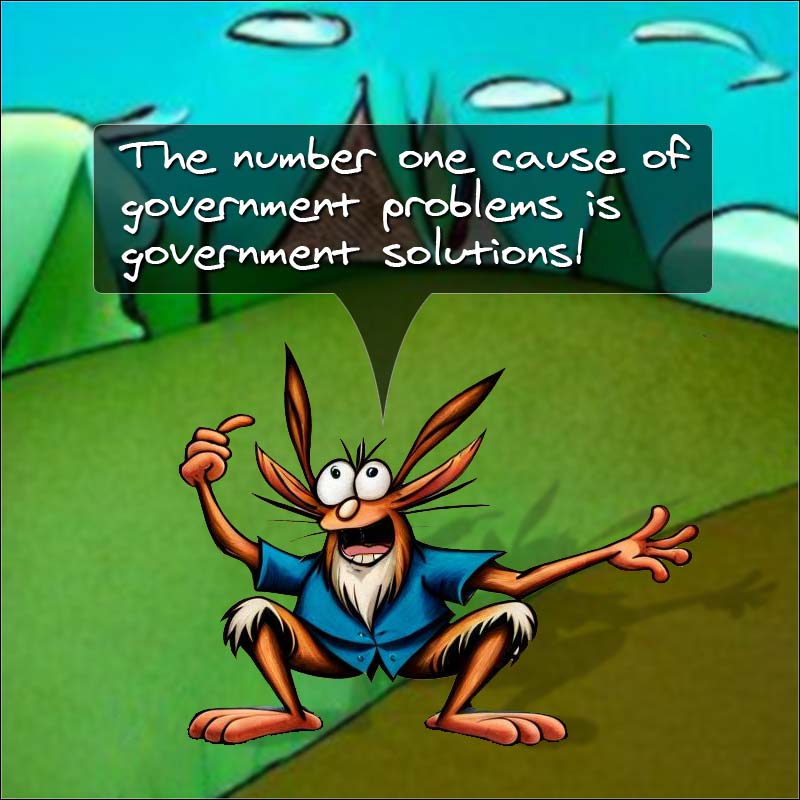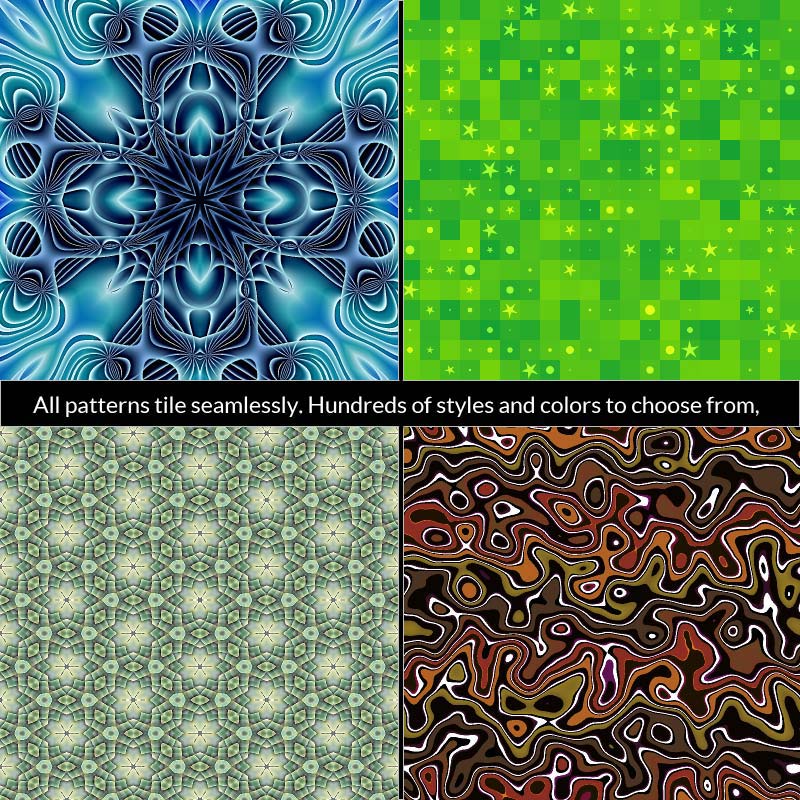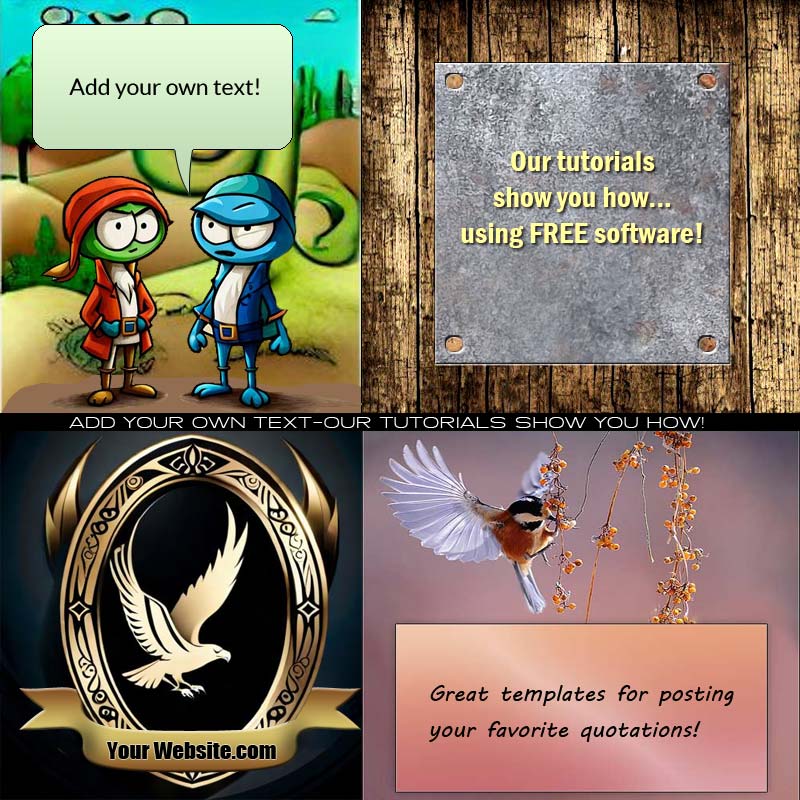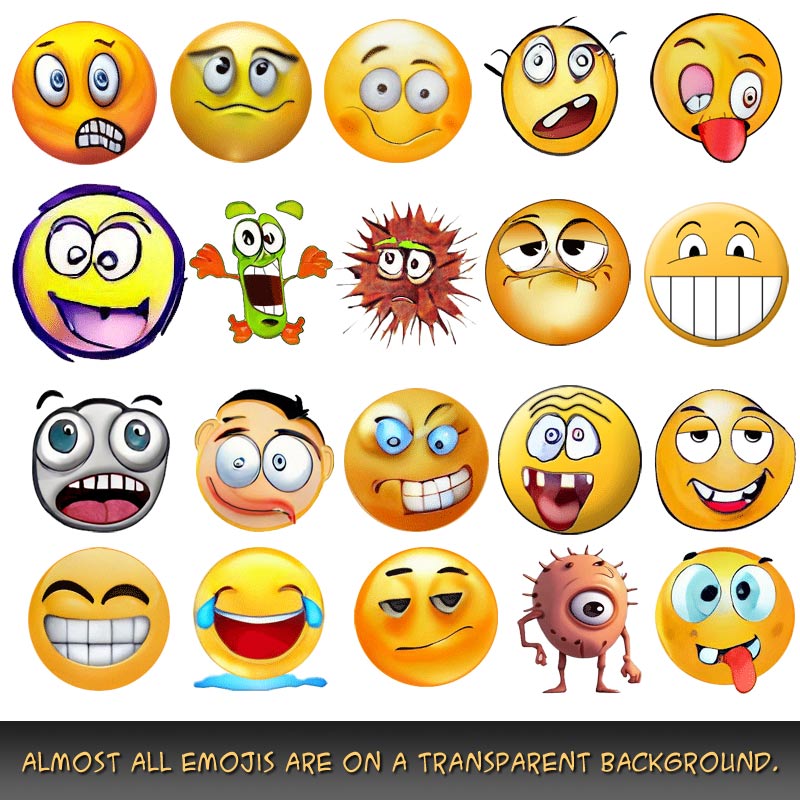Nothing is for sale here. Freewill tips keep the site running. Want to help? → Tip via Paypal
Change the Conclusion
You have a purpose for your articles, right? It's doubtful the PLR article you're rewriting has the same purpose. It's time to change the conclusion so it aligns with your purpose.If you've applied what you've learned so far in this series, then you've now hooked your readers with an awesome title, reeled them in deeper with a great introduction, and you have them hanging on your every word as they reach the end of your article.
Now is not the time to fizzle out! You want to finish strong.
Perhaps you want to build a relationship and establish trust with your readers. Or maybe you want them to click on a link, or subscribe to your newsletter or blog. Maybe you want them buy one of your products. If not, what is the point?
Whatever the purpose, you need a call to action at the end.
You might place this call to action within the concluding paragraph itself, in a separate paragraph following the article wrap-up, or as part of your byline (author resource box) as would be the case if you're submitting the article to an article directory.
Whichever way you go, you need to keep people reading to the end so that they see your call to action. If they never reach the point where they have to decide whether or not to take the action you want, then in that sense, the article has fallen short.
Generally, your conclusion should "wrap up" the article by recapping the main points. This is especially important if you're rewriting a longer article.
With longer content pieces people often skim the article looking for things of interest before deciding to read it or pass on it. They will almost always read your title, often the introduction, and then they skim their way down the content looking for anything that catches their eye.
If they skim all the way to the end without deciding to read your content more closely, you want to finish with something of value at the end. It's your last chance to capture their interest.
Important Tip: Here's a trick to get people to read all the way to the end…
Let's go back to the example of rewriting the weight loss article. Your introduction might tell readers that they're about to discover how they can lose weight without feeling hungry. Then in the last paragraph you can reveal the answer.
Now let's look at a few specific examples of how to write a strong conclusion:
Rewrite #1: Reveal the tip you hinted at in the beginning of your article.
Rewrite #2: Highlight and recap the main points of the article.
Step #1: Recap each tip
Step #2: Tip two recap
Step #3: Final tip recap
Rewrite #3: Include your call to action within the conclusion.
Rewrite #4: Encourage your reader to take action on the information he's just read.
 If you're submitting to article directories, consider writing two-part articles. Submit part one and post part two on your website. The idea with that is to draw traffic directly from the article directory to your site. Part one must have value on its own or readers will be less likely to read part two.
If you're submitting to article directories, consider writing two-part articles. Submit part one and post part two on your website. The idea with that is to draw traffic directly from the article directory to your site. Part one must have value on its own or readers will be less likely to read part two.
The reason I mention this here, of course, is because the conclusion is the perfect place to mention part two of the article. You can recap the points from part one and then give them a "teaser" (preview) of what they'll find in part two of the article.
In other words, give them a compelling reason to click through to your site. You could talk about a big benefit part two offers, or simply try to arouse their curiosity. This has to be done within the article directories rules, so be sure to check that out before writing your teaser. Here's an example of this idea:
That link would lead to the second part of the article. You would conclude that part with another call to action, such as having them sign up to your mailing list or checking out a product you offer. Part two needs be complete on its own merit for people who find it in other ways than through the article directory.
Previous Article in this Series: Rename the Subheadings
Next Article in this Series: Electrify the Content





